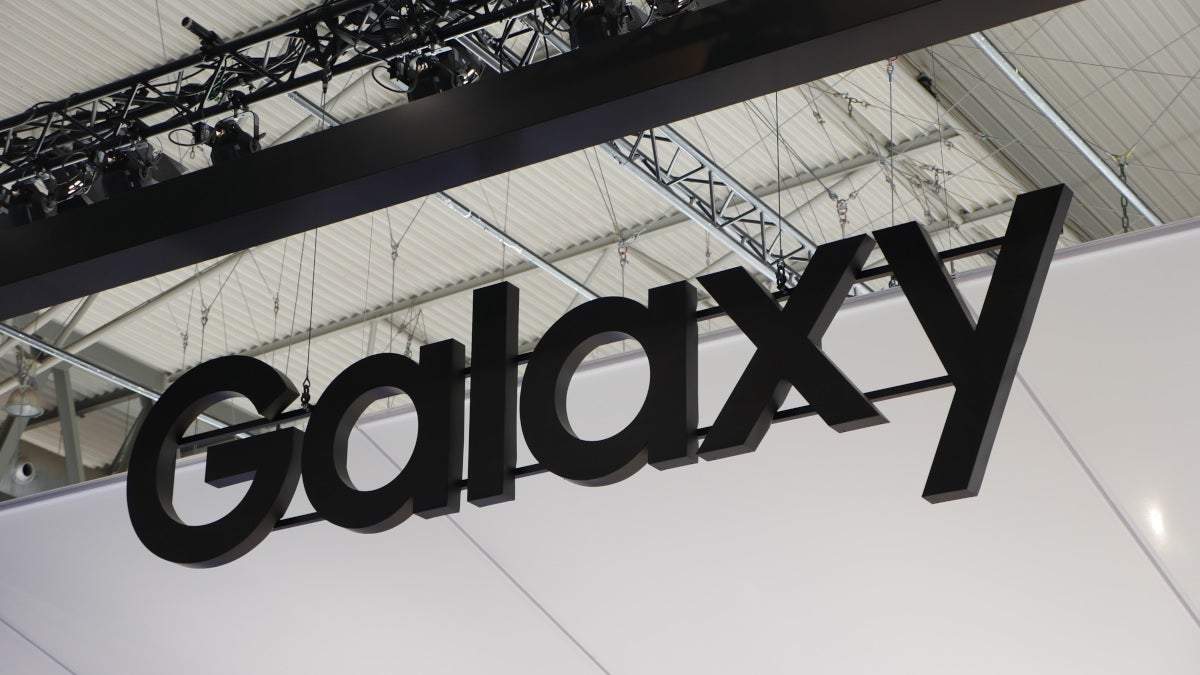Galaxy S24 Ultra users might notice that they can unlock their phones faster

Compared to the ultrasonic fingerprint sensor used on last year's Galaxy S23 line, the one deployed on the recently released Galaxy S24 Ultra flagship phones is newer and faster. This comes from "X" leaker Ice Universe who says that a teardown of the Galaxy S24 Ultra reveals that the device uses the QFS4008 fingerprint sensor from Qualcomm. The Galaxy S23 Ultra employs the QBT2608 fingerprint sensor.
The sensors both are the same size (8 × 8 mm) and the same thickness of .15mm (µ150). On Qualcomm's product page for the fingerprint sensor, it writes, "Using sound waves to read a finger‘s valleys and ridges, the Qualcomm 3D Sonic Gen 2 transmits an ultrasonic pulse against the finger. The 3D pulse reflection creates a detailed 64mm2 reproduction of the scanned fingerprint for quick and easy security performance.
If you can feel that the ultrasonic fingerprint of the S24 Ultra is faster, it is because Samsung has upgraded the ultrasonic fingerprint module from the QBT2608 of the S23 Ultra to the QFS4008 used by the S24 Ultra. pic.twitter.com/ePUljm6nFZ
— ICE UNIVERSE (@UniverseIce) February 5, 2024
Per SamMobile, there are some differences between the sensors used on the Galaxy S23 Ultra and Galaxy S24 Ultra and these differences could explain why the fingerprint sensor on the newer model feels faster.
Not all Android flagship phones use the faster and more accurate ultra-sonic fingerprint sensors. For example, Google continues to use an optical sensor that takes a photo of the user's fingerprint and converts it into digital data that is then compared to the saved fingerprint to see if it matches. You might recall the complaints that Google received when it released the Pixel 6 series in 2021 which used an under-display optical fingerprint sensor that was slow and often not accurate. Google still uses an under-display optical sensor although the user experience has improved greatly on the Pixel 8 line.
Not all Android flagship phones use the faster and more accurate ultra-sonic fingerprint sensors. For example, Google continues to use an optical sensor that takes a photo of the user's fingerprint and converts it into digital data that is then compared to the saved fingerprint to see if it matches. You might recall the complaints that Google received when it released the Pixel 6 series in 2021 which used an under-display optical fingerprint sensor that was slow and often not accurate. Google still uses an under-display optical sensor although the user experience has improved greatly on the Pixel 8 line.
Besides being faster than optical fingerprint sensors, ultrasonic sensors are also more accurate and secure compared to optical scanners. Qualcomm says that its 3D Sonic ultrasonic fingerprint sensors use "...acoustic-based technology that reflects the unique features of a user's individual fingerprint vs. optical solutions, which leaves users exposed to spoofing. With Anti-spoofing built in, 3D Sonic meets the highest security standards for mobile devices, rejecting imposter photographs and fake mold of your finger."
Follow us on Google News












Things that are NOT allowed:
To help keep our community safe and free from spam, we apply temporary limits to newly created accounts: